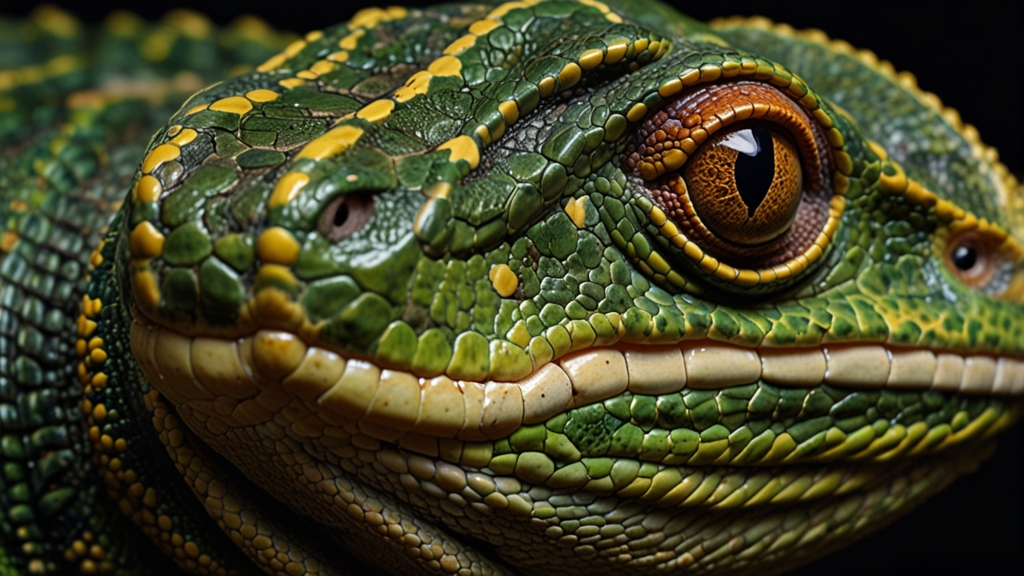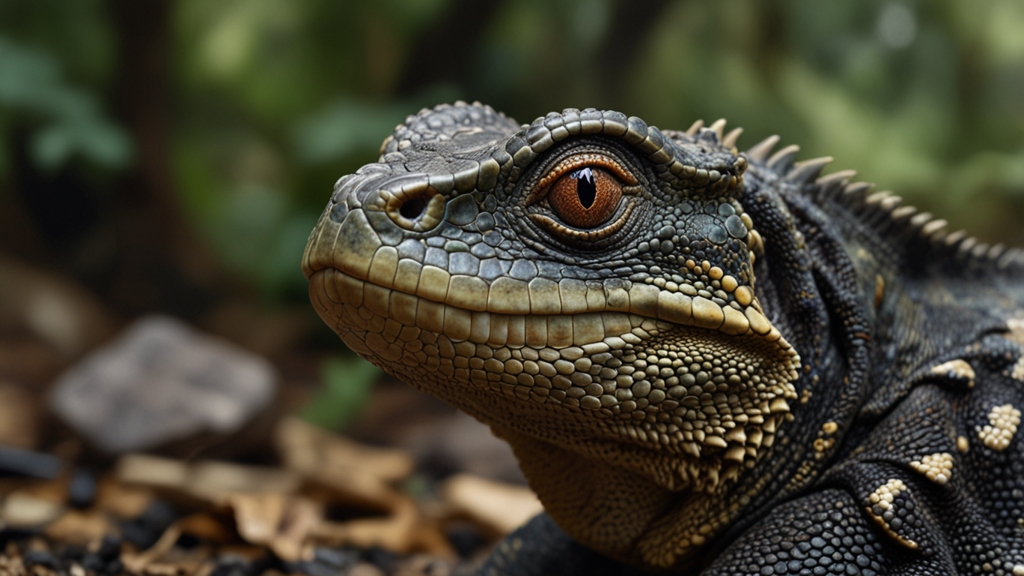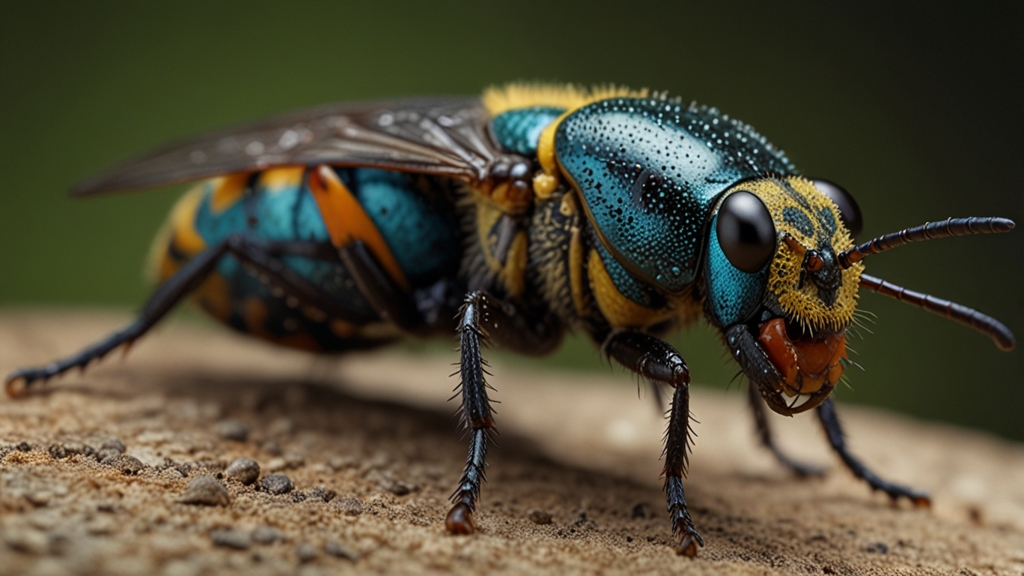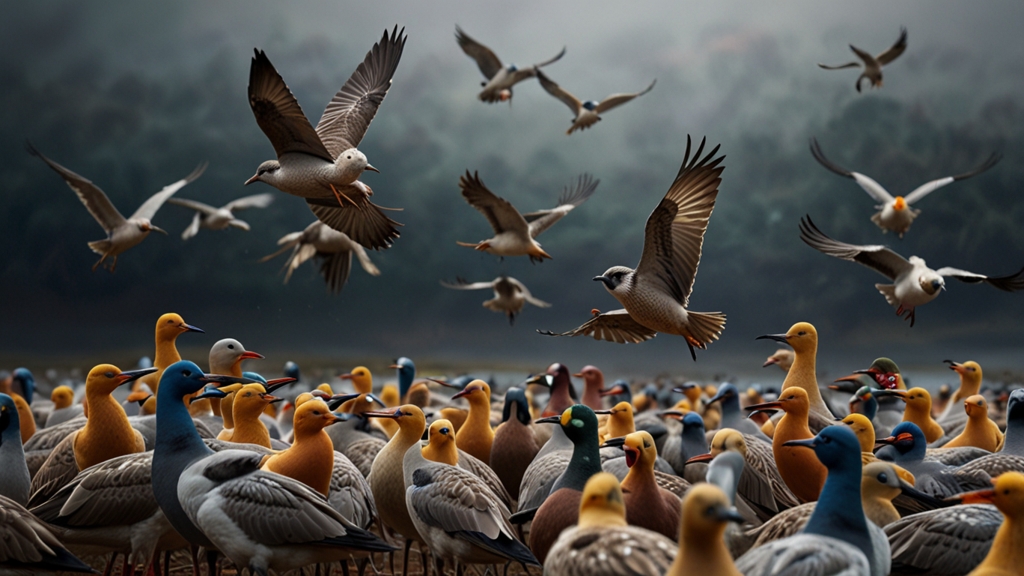The Most Unique Reptiles You've Never Heard Of
Reptiles are a diverse and fascinating group of animals that have captured human interest for centuries. From the cold-blooded dinosaurs of the past to today's modern lizards and snakes, their adaptations and survival strategies are nothing short of remarkable. While many are familiar with popular species like chameleons and cobras, several lesser-known reptiles possess unique and intriguing characteristics that deserve recognition. Let's explore some of the most unique reptiles you've likely never heard of.
1. The Thorny Devil
Native to Australia, the Thorny Devil (Moloch horridus) is a small but extraordinary lizard covered in conical spines. These spines not only deter predators but also help collect water. When rainwater or dew contacts the Thorny Devil's skin, it travels along grooves between the spines directly to the lizard's mouth.
"The Thorny Devil's ability to channel water using its spines is one of the most unique adaptations in the animal kingdom," says herpetologist Dr. Sarah Ashton. "It's a textbook example of evolution in response to an arid environment."
Despite its fearsome appearance, the Thorny Devil primarily feeds on ants, consuming thousands of them daily using its sticky tongue.
2. The Tuatara
Often mistaken for a lizard, the Tuatara (Sphenodon punctatus) is actually the last surviving member of an ancient group of reptiles dating back to the dinosaur era. Found only in New Zealand, Tuataras possess a unique combination of anatomical features, including a 'third eye,’ known as the parietal eye, which is visible in young tuataras before being covered with scales as they mature.
"The Tuatara is a living fossil, providing invaluable insights into the evolutionary history of reptiles," claims paleontologist Dr. William Harris. "Its survival through multiple mass extinction events is nothing short of miraculous."
Interestingly, Tuataras have a slow metabolism and can live up to 100 years, showcasing incredible resilience and longevity.
3. The Mangshan Pit Viper
Deep within the mountainous forests of China resides the elusive Mangshan Pit Viper (Protobothrops mangshanensis). This venomous snake can exceed two meters in length and sports a striking pattern of green and brown scales, perfectly camouflaging itself among the decaying leaf litter of its habitat.
What sets the Mangshan Pit Viper apart is its unique method of defense. This snake has the ability to spray venom, a rare trait among vipers. While this species is poorly understood due to its remote habitat and cryptic nature, it is known to be extremely dangerous and is a focus of conservation efforts due to its limited range and habitat destruction.
4. The Mary River Turtle
The Mary River Turtle (Elusor macrurus) is an unforgettable sight with its green, algae-covered head, which gives it a punk-rock appearance. Found only in the Mary River of Queensland, Australia, this turtle has unusual adaptations such as cloacal respiration, allowing it to absorb oxygen through its tail. This adaptation helps the turtle stay underwater for extended periods to evade predators.
Another striking feature is its remarkably long tail, almost as long as its shell, which is unusual among freshwater turtles. Unfortunately, this species is critically endangered due to habitat loss and the pet trade.
5. The Armadillo Lizard
Originating from the rocky deserts of South Africa, the Armadillo Lizard (Ouroborus cataphractus) has developed a fascinating defensive mechanism. When threatened, it curls into a ball, clutching its tail in its mouth to form a spiny ring that deters predators. This behavior has earned it the nickname "Ouroborus," after the ancient symbol of a snake eating its tail.
Besides its unique defense strategy, the Armadillo Lizard is also one of the few lizard species that give birth to live young rather than laying eggs. This adaptation likely provides additional protection in its harsh, unforgiving habitat.
Conclusion
Reptiles are often overshadowed by their more charismatic mammalian and avian counterparts, but they possess an array of incredible adaptations that make them worthy of admiration. From the spiny Thorny Devil to the ancient Tuatara, these unique reptiles showcase the awe-inspiring diversity of life on Earth. By learning about and supporting the conservation of these extraordinary creatures, we can ensure they continue to fascinate and inspire future generations.










